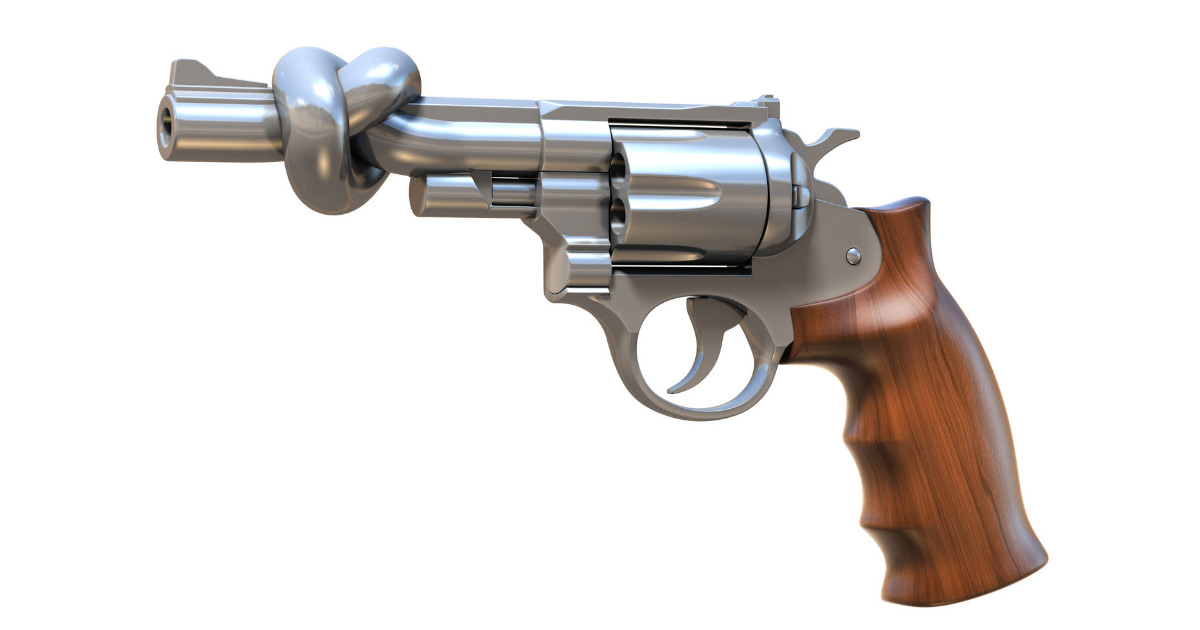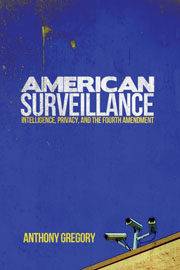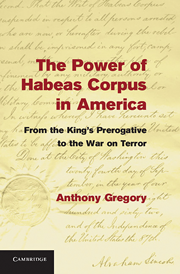The recent mass shootings at a Sikh temple in Wisconsin and a movie theater in Colorado have revived the controversy over “gun control” policy.
It is tempting after such unspeakable crimes to search for answers that will help prevent a repeat. The media immediately examine the purported killer’s profile and make sweeping statements about mental health screening, public health programs, bigotry, the schools and popular culture. Some correlations might deserve attention, such as the Wisconsin shooter’s former military status, because the increased prevalence of traumatized military veterans is unavoidably a national issue.
Yet, for the most part, senseless acts of mass violence can never be explained in a way sufficient to stop the next attack.
Consider the five mass shootings in Wisconsin since 2004. Every one of the shooters had a different profile. The most recent before the Sikh temple shooting—a man who killed six in 2007—was a sheriff’s deputy furious about an ex-girlfriend. What could be done about that?
More fundamentally, killer profiles are useful only to a point because countless other people fitting the same profile pose no threat.
As for the public discussion about guns, much of it is simply unrealistic.
On the one hand, gun owners and other defenders of the Second Amendment argue that a sufficiently armed society can prevent such tragedies.
But gun ownership is no panacea. Peacefully attending their house of worship, the Sikh victims were particularly easy targets. An open society is always vulnerable. A determined killer always can find ways to kill unsuspecting victims in public places, and there is no airtight defense against this sad reality.
Those who point to such killing sprees as evidence that we need more gun control must confront the facts. Gun laws cannot stop mass shootings. The Aurora killings occurred in a “gun-free zone.” Not far away, in April 1999, the Columbine High School shooters violated numerous gun laws. If anything, knowledge that their prey are legally disarmed only encourages such killers.
The mere possession of firearms is a peaceful activity. In the inner cities, many Americans depend on gun ownership for self-defense because police protection is unreliable at best. Nationwide, the most dangerous locations are generally the ones with the toughest gun laws.
Gun laws, like drug laws, cannot be enforced in ways consistent with civil liberties. Draconian and discriminatory punishments, random searches and violations of privacy become likely.
There is no way to reconcile the kind of gun control advocated by the likes of New York Mayor Michael R. Bloomberg with the rights of a free society. To get guns off the streets, the New York Police Department conducted nearly 700,000 stop-and-frisk searches last year, disproportionately targeting minorities. Weapons were found in fewer than 1 percent of the cases.
After the Aurora shootings, rapper Ice-T argued that the right to bear arms was intended as protection not against violent crime, but “against tyranny to protect yourself from the police.” The National Rifle Association has said the same thing for years, with different words.
Indeed, there is a deeper truth here. All the greatest tyrannies have disarmed their subjects. The Nazis and communists energetically stripped their victims of weapons. The right to bear arms is indeed a bulwark against the totalitarian whims of government.
Another point Ice-T made was that “if somebody wants to kill people, they don’t need a gun to do it.” This also is true. Anyone with a car can kill a dozen people before being stopped. It takes only a minute of thought to realize how easy it would be for a determined person to unleash horror on a mass scale.
Gun laws cannot prevent criminals from getting guns any more than drug laws can prevent people from procuring narcotics. The more such utopian goals are pursued through government’s police power, the less free we become.









